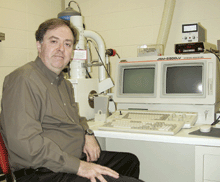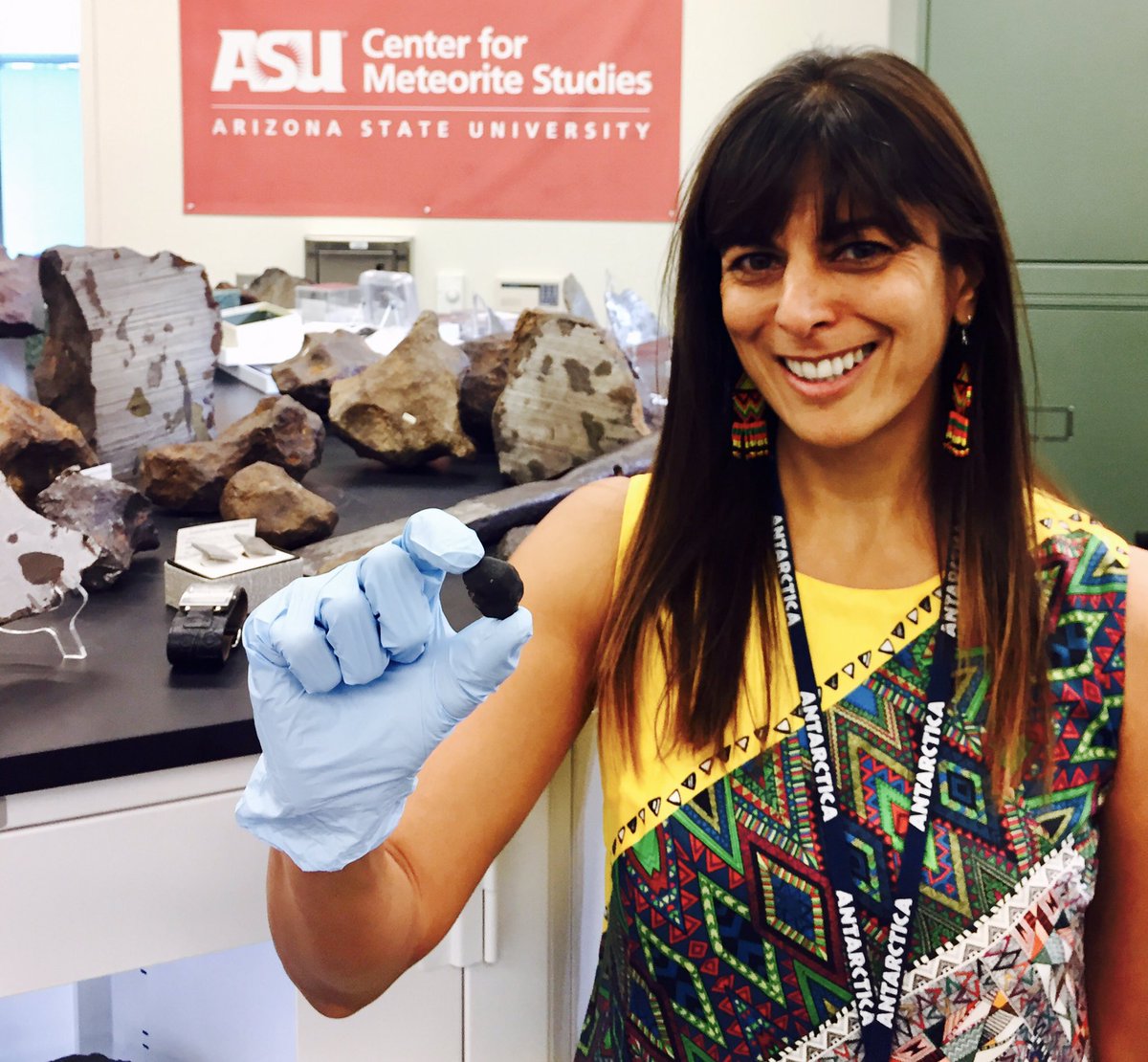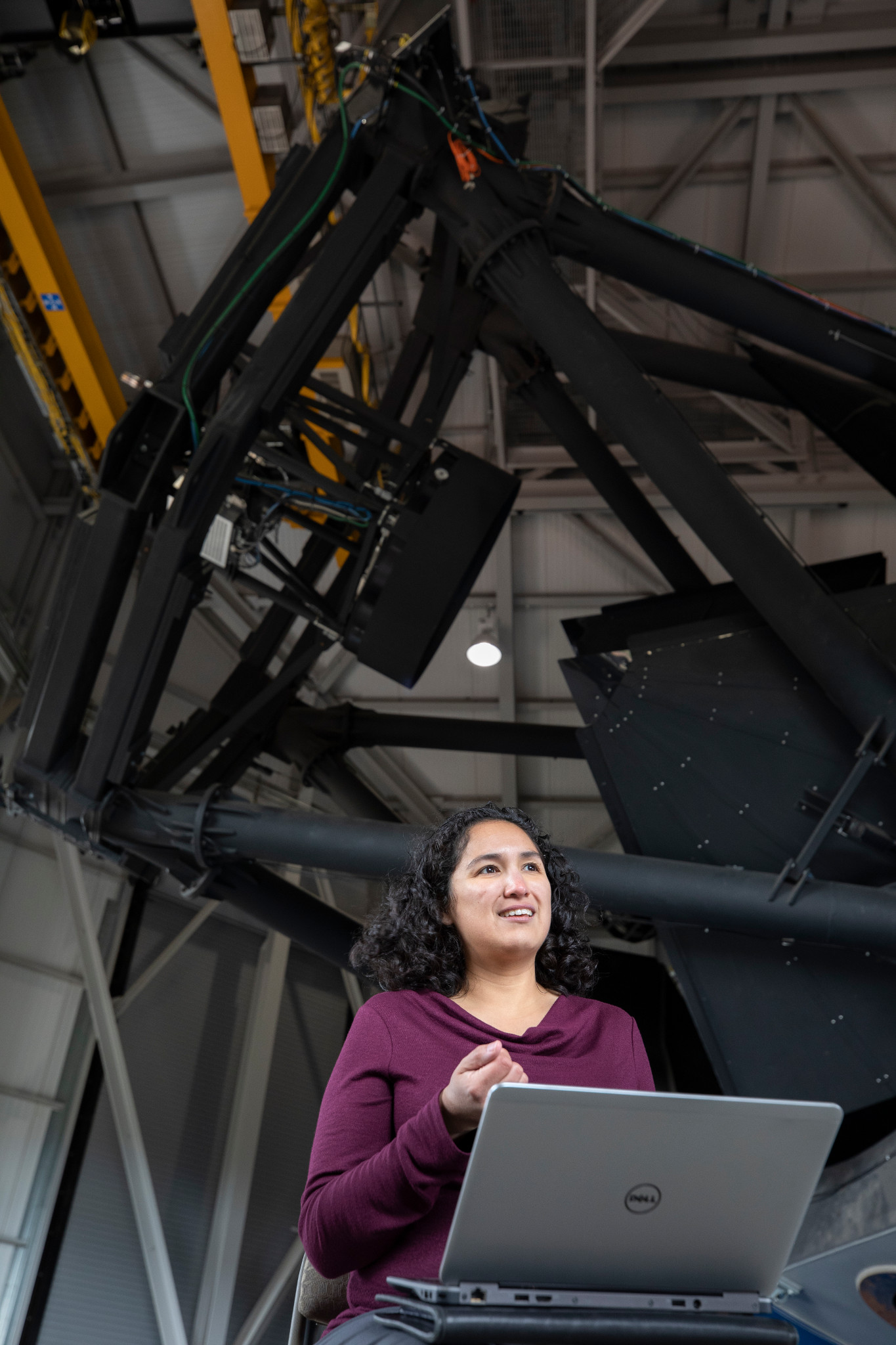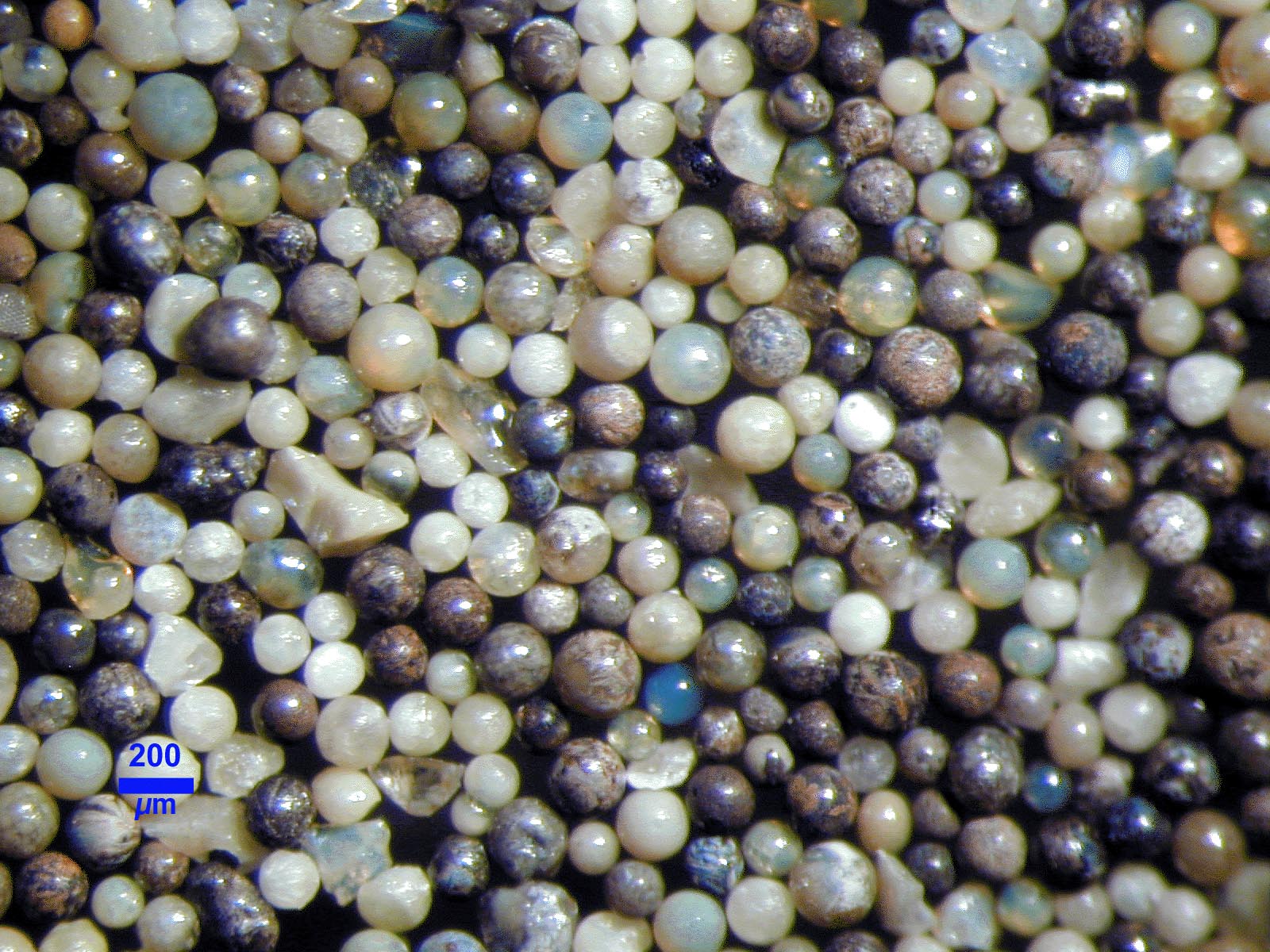Gallery Events
Sep
202020 |
Dr. Andrew DavisRocks and Minerals from StarsLocation: https://ucla.zoom.us/meeting/register/tJEqduyupj0vGd3S0_52FsbHTbPjYr0sZQUj One of the most remarkable discoveries of the twentieth century is that some meteorites contain dust grains made around other stars that lived and died more than 4.5 billion years ago, before our Solar System formed. Stars only twice the mass of our Sun eventually turned into red giant stars and lost much of their mass as gas and dust. More massive stars ended with spectacular explosions called supernovae, and throw off much of their mass. Both kinds of stars return copious amounts of dust to the interstellar medium (the stuff between the stars), a portion of which formed new stars like our own, and we have recognized dust grains from both red giants and supernovae in meteorites. Each dust grain retains a chemical and isotopic record of the star around which it formed and by analyzing individual dust grains in the laboratory, we can study the interiors of stars in ways not possible by astronomy with telescopes. The study of stardust in the laboratory has led to new understanding of how the chemical elements are made in stars. Stardust was also not uniformly mixed into the solar nebula, the disk of gas and dust from which the Sun and planets formed. This caused small differences in isotopic composition among Solar System materials that have proven to be powerful tracers of the relationships between planets and different kinds of meteorites. 
|
Aug
92020 |
Dr. Meenakshi Wadhwa; ASURocks from Space – Tales from the Meteorite VaultLocation: https://ucla.zoom.us/meeting/register/tJEqduyupj0vGd3S0_52FsbHTbPjYr0sZQUj
Our Solar System and life as we know it could not have evolved as it did without impacts, which are perhaps the most influential among the processes shaping the surfaces of planets and moons. Early in the history of our Solar System, collisions between bodies were a key process in the growth of planets. In fact, our Moon was likely formed as the result of a giant impact on the early Earth. In the case of the Earth, the raw materials for kick-starting life may have been delivered to the surface by meteorite impacts. And the course of life on our planet has been greatly altered by the huge meteorite impacts (such as the one that killed off the dinosaurs about 65 million years ago). Are large impacts a thing of the past, or are they likely to occur in the near future? Our future may well depend on understanding and mitigating this risk. While studying samples returned from missions to asteroids will be important for this purpose, we already have many tens of thousands of asteroidal samples here on Earth that are readily and more cheaply available for us to study – these are the meteorites (rocks from space!) in our rock collections at museums and universities. While most of these meteorites indeed come from asteroids, there are also some rare kinds that come from the Moon and the planet Mars, and we can learn about the geologic histories of these planetary bodies from studying these samples.
-Recording Not Available- 
|
Jul
122020 |
Dr. Cristina ThomasDART (Double Asteroid Redirection Test): A Telescope Observer's PerspectiveLocation: https://ucla.zoom.us/meeting/register/tJcrfuiqpjIoGd3L-l880NKVs9ePDkLIjlQu DART is NASA's first planetary defense mission, which will test asteroid deflection by kinetic impactor. The spacecraft will impact the satellite of the binary near-Earth asteroid (65803) Didymos in fall 2022. I lead the DART team responsible for observing and understanding the orbit of the moon prior to and after impact. The observed orbit change will be how the team determines the effectiveness of the experiment. We understand the orbit of the binary asteroid system using light curves, a measure of how the brightness of an object changes over time. When Didymos is close to Earth, the moon and the primary eclipse each other from the vantage point of our telescopes on the ground. Each eclipsing event causes a subtle dimming of the lightcurve known as a "mutual event". Observing these events enables us to observe the path of the satellite around the primary and predict the next mutual events. We observed the Didymos system in 2019 and have additional pre-impact observations planned for later in 2020 and early 2021. These observations will establish the state of the system before impact. We will perform similar observations in the period following the fall 2022 impact to determine the change in the satellite orbit. I will discuss how we understand the orbit of the satellite, results from our recent observations, and our future plans for observing the Didymos system. 
|
Jun
142020 |
Dr. Frank Kyte; UCLASpherules in Sediment Deposits from Asteroid Impact EjectaLocation: https://ucla.zoom.us/meeting/register/tJ0ud-yppzkpH9zTgL43K75yP73wYub-w6ET This talk will discuss formation of impact spherules and their occurrence in impact deposits ranging in age from 0.8 Ma (million years before present) to 3400 Ma. When asteroids impact the Earth with cosmic velocities (about 20 km/sec) they release enormous amounts of kinetic energy. A large portion of this energy is transferred to the Earth’s surface that results in seismic waves and excavation of a crater many times the asteroid’s volume. Materials ejected from this crater are deposited mostly near the crater, but in large impacts the ejecta with the highest velocity can travel above the atmosphere and return as a global deposit. The famous dinosaur-killing impact at the K/Pg (a.k.a. KT) boundary produced a global deposit that was probably only a few mm thick. It is well known that this K/Pg layer has lots of iridium from the asteroid but its most distinctive characteristic on a macro level is that it is composed mainly of small spherical particles known as impact spherules. Impact spherules are a common feature of distal impact deposits (those deposited far from the impact site). Large impacts can melt significant amounts of crustal rocks in the impact crater, producing spherules around the crater. The highest velocity ejecta likely comes from a supercritical* “ejecta plume” composed of a mixture of crustal and asteroidal materials. As this ejecta plume expands, melt droplets will form, some condensing from a vapor, and these will solidify to form the silicate spherules common in impact deposits. 
|
Mar
122020 |
Los Angeles Safer-at-Home OrderUCLA Meteorite Gallery closed until further noticeLocation: Geology Building - Slichter Room 3656 |